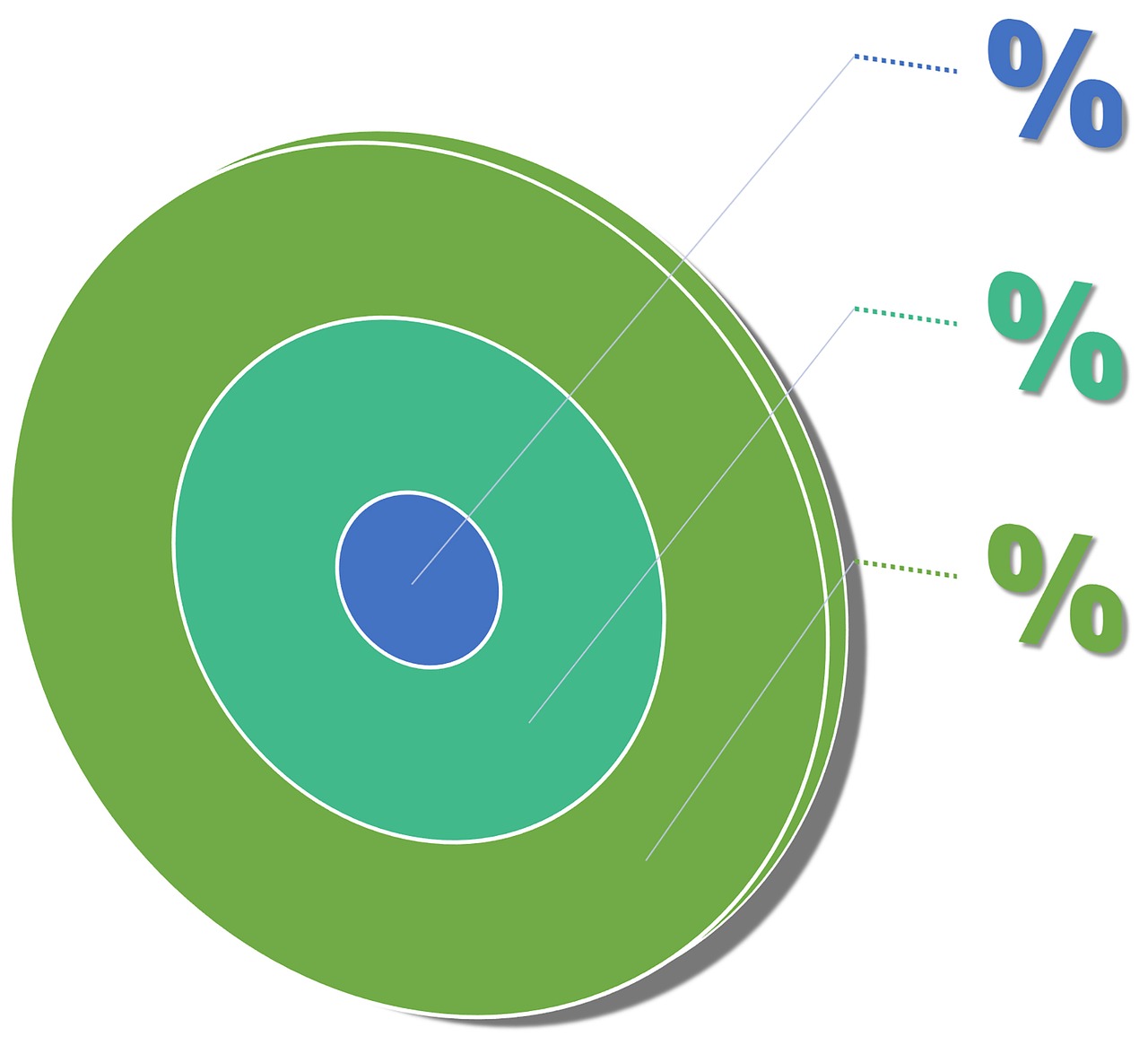 By law, schools must provide special education and related services to eligible children with disabilities.
By law, schools must provide special education and related services to eligible children with disabilities.
There’s quite a bit to know about the process by which children are identified as having a disability and in need of special education and related services. B.I.G. Solutions is devoted to helping you learn about this process by providing a summary overview. Here are 10 steps to give you an understanding of the “B.I.G. Picture”.
- If you have concerns about your child’s academic performance, possible learning difficulties, or problems with behavior, you may request a meeting with the teacher to discuss what might be the cause
- The teacher and parent can request a Student Success/StudyTeam (SST) meeting to explore possible causes and solutions.
- The SST may consist of a classroom teacher, a counselor, an administrator, a nurse, a psychologist, and the parent. Sometimes the student may also be invited to attend.
- The purpose of the SST meeting is to identify the source of the student’s difficulties and to commit resources that are available in the general education classroom to address them.
- Parent participation in the SST is very valuable and can help ensure that a full discussion of a student’s educational performance takes place.
- After interventions by the general education classroom teacher have been attempted, and if progress is still a concern, the SST may recommend the student for assessment to determine eligibility for special education and related services.
- If a child is identified as possibly needing special education and related services, a school professional or parent may ask that a child be assessed to see if he or she has a disability. It is best to put this in writing.
- Parent consent is needed before a child can be signed up for an assessment plan. If a parent refuses to approve an assessment plan when the district believes it is needed, the district may request a ruling through the due process procedures to assess without parent consent.
- The school district may state that the student does not demonstrate a need for an assessment. In this case the district must provide a letter explaining its decision and the parent may request a ruling through the due process.

- Under the federal IDEA regulations, an assessment needs to be completed within 60 days after parent consent is given. (Does not apply during July and August, or other breaks of more than 5 calendar days, or for referrals received within the last 10 calendar days of a school year.)
- Assessments must be conducted before your child receives services
- Purpose of evaluation is to answer the following questions:
- Does the child have a disability that requires special education and related services?
- What are his/her specific educational needs?
- What special education services and related services are appropriate for addressing those needs?
- Parents will be informed by district staff how the student will be assessed, and who will be conducting the assessment.
- By law, the initial evaluation of the child must be “full and individual.” Therefore, it must be focused only on that child and it must assess the child in all areas related to the child’s suspected disability.
- Testing should result in identification of the child’s present skill levels and learning needs in language easily understood by the general public.
- School districts may not use tests which discriminate by race, culture, language or disability. For example, using purely auditory methods to test a deaf student who signs would be discriminatory.
- Assessments must be conducted by persons who are appropriately trained and credentialed.
- Educational placement decisions cannot be based on the result of one test alone.
- The assessment must be comprehensive and must take into account your child’s developmental and performance levels in several areas (e.g., social, intellectual, language).
The assessment should specifically include:
- Formal/informal test(s) administered in a one-on-one setting
- Review of school records
- Parent(s) interview
- Teacher(s) interview
- Observation of the student in the classroom and possibly in other settings (i.e. playground)
- Health and Developmental History.
- Qualified professionals and parents will look at the evaluation results. Together, they decide if the student is a “child with a disability,” as defined by IDEA.
- If the student is found to be a child with a disability, as defined by IDEA, he/she is eligible for special education and related services.
- Within 30 calendar days after eligibility determination, a team of school professionals and the parents must meet to write an Individualized Education Program (IEP).
Agreement of Assessment Results:
- IEP meeting is scheduled
Disagreement of Assessment Results:
- If you disagree with the district’s assessment, you have the right to ask for an Independent Educational Evaluation (IEE) and you can ask that the school district to pay for the IEE. The school district must inform you of your right to obtain another opinion from a qualified person.

- However, the district also has the right to call for a due process hearing to show that its assessment is appropriate. If, as a result of the hearing, the district’s assessment is found to be appropriate, you still have the right to a private assessment at your own expense.
- If parents do not receive the reports in advance, they have the option to reschedule the IEP meeting or attend the IEP and sign “only in attendance” if you need more time.
- If you have an IEE, the school district, through the IEP process, must consider the private assessment findings in planning your child’s services and placement, and in making any decision regarding the provision of a free appropriate public education.
- If you request in writing a copy of the reports, the Special Education Department will send you a copy within five days of your request, or within five days prior to the IEP meeting. If you do not request a copy of the report prior, one must be provided for you at the IEP meeting.
- If the parents do not agree with the eligibility decision, they may ask for a hearing to challenge the decision.
School must do the following things:
- Contact parent and other participants.
- Notify parents early enough to make sure they have an opportunity to attend.
- Tell the parents that they may invite additional people to the meeting who have knowledge or special expertise about the child.
- The first time an assessment is conducted to determine if a student is eligible for special education and related services, an initial IEP meeting will be held within 60 calendar days to review assessment results. If school closes for more than 5 school days, the 60-day time line shall stop and start again when school resumes.
Parent can do the following things:
- Invite others to an IEP meeting (with advanced written notice to school).
- A lawyer or an advocate.
- A non-school therapist or a specialist who works with your child.
- A friend, relative or other person who will provide moral support and take notes.
- Have the meeting audiotaped (with advanced written notice to school, minimum 24 hours before the meeting). If the parent objects to the district taping the meeting, the district will not tape the meeting. Parents also have a right to inspect and review the audiotapes and request that the audiotapes be amended.
- May ask for a translator (with advanced written notice).
- Parents Rights and Procedural Safeguards pamphlet is given to parents.
- The team schedules the IEP meeting that must be held at a time and place that is convenient for you and the school personnel.
- Parents should be present at all scheduled meetings, and the child (when appropriate).
- The team approach to developing an IEP involves communication and cooperation among you (the parents), your child’s teacher(s) and other specialists with different kinds of skills, who may work for the school district or outside agencies.
- It is important that you tell the IEP team your own expectations for your child, and those of other professionals who work with your child outside of school.
- If your expectations are integrated into the IEP, you and other team members can work together to achieve the same goals.

The IEP is a written statement for each individual with exceptional needs that is in effect at the beginning of each school year and is developed, reviewed and revised at least annually. It should include the following information:
- Present Levels of Performance (PLOP) – A description of a student’s academic achievement and functional performance including the manner in which the disability affects involvement and progress in the general education curriculum.
- Eligibility for Special Education Services – A determination of whether the student has a disability that impacts the student’s ability to access the general education curriculum as defined in the law.
- Measurable Annual Goals and Objectives – Describes what a child is expected to do, generally, within a 12-month period. Academic goals shall be based on California state standards, and for students on the general education curriculum. Goals shall be at grade level. Objectives are steps toward meeting the goals.
- Progress toward Meeting Annual Goals – A description of how and when progress shall be reported to the parent, such as when progress reports/report cards are issued.
- Special Education Service – Designed to help the student with an IEP access the curriculum in the Least Restrictive Environment (LRE).
- Related Service – A service that may be required in order to provide educational benefit to a student as part of the special education program.
- Accommodations to Access the General Education Curriculum – Changes in the way instruction is delivered or how a student responds that doesn’t significantly alter grade level curriculum content. This might include, but is not limited to, allowing a student extra time to complete an assignment, shortening the assignment or providing study notes/guides.
- Modifications to Access the General Education Curriculum – Changes in instruction that does significantly alter curriculum content, and the standard by which student performance is being measured. This might include, but is not limited to, supplemental instruction provided to the student out of grade level as a supplement to grade level instruction, or giving an easier assignment.

- Supplementary Aids – Helps the student participate in activities with non-disabled peers. This might include, but is not limited to, assigning an interpreter for a deaf student, or the use of adapted materials, such as books on tape, large print or highlighted notes.
- Supports for School Staff – Helps staff work more effectively with the student. This might include, but is not limited to, training of staff on special equipment, strategies or materials to help the student to learn. For more information, contact your school district’s Special Education Division.
- Participation in State or District-wide Assessments – Including Alternate Assessments, explains how the student will participate in state and district wide assessments with accommodations, and/or modifications, as appropriate.
- Projected Date for the Beginning of Services – Determined once the parent consents to the IEP.
- Anticipated Frequency, Location, and Duration of Services – Decided by the IEP team in order to meet the unique needs of the student in the Least Restrictive Environment.
- Delivery of Service – A decision about how services will be provided to meet the unique needs of the student in the least restrictive environment.
- Provision of Service outside the General Education Classroom – States the extent, if any, to which the student will not participate with general education peers.

- English Language Learner (ELL) – Students who are learning English as a second language shall be considered as they relate to the student’s IEP.
- Individual Transition Plan (ITP) – Developed for students at least 14 years old, which identifies postsecondary goals and activities to help them transition from high school to adult life.
- Transfer of Rights – Informs parents and student, prior to turning 18 years old, that educational decision making rights will transfer to the student at the age of 18.
Agreement of IEP results:
- Signatures and Parent / Guardian Approval – All persons attending an IEP team meeting are asked to sign the IEP to indicate their participation. However, only the parent/guardian is asked to approve the IEP as an IEP cannot be implemented without parental approval.

- While you may be prepared to sign the IEP at the meeting, this is often not a good idea. There is usually not enough time to completely review the IEP document and to fully digest whether the way it is written represents what was agreed upon. Also, inadvertent mistakes might have occurred.
- You may take a copy of the IEP document home to review and discuss. However, if you do so, you should sign that you were “in attendance only” and return it promptly. If your district uses a computerized IEP, you might have to write your comments in their system, under the Parents Comments Section, in order for them to be incorporated into the IEP.
- Once it is signed, it is a legal, binding document
Disagreement of IEP results:
- If parents do not agree with the IEP and placement, they will try to work out an agreement at the meeting.
- If parents do not agree with the IEP and placement after discussion, they may ask for additional testing, an independent evaluation (IEE), or ask for mediation, or a due process hearing. They may also file a complaint with the state education agency.
- If you disagree with some of the IEP, you may approve only the part of the IEP with which you agree. The sections of the IEP with which you agree will be implemented. You will need to request an informal meeting, mediation or hearing to resolve any areas of disagreement.
- If needed, parents can ask for mediation, or the school may offer mediation.
- Parents may file a complaint with the state education agency or a due process complaint, which is the first step in requesting a due process hearing.
- Parents are given a copy of the IEP.
- Once parents signs the IEP, their child begins to receive services as soon as possible
- Each of the child’s teachers and service providers has access to the IEP and knows his or her specific responsibilities for carrying out the IEP, including accommodations, modifications and supports.
- The teacher(s) and other specialists who work with your child in school are responsible for designing learning tasks and activities which correspond with the goals and objectives written in the IEP.
- The school makes sure that the child’s IEP is carried out as it was written.
- As stated in the IEP, the child’s progress toward the annual goals is measured.
- These progress reports must be given to parents at least as often as parents are informed of their non-disabled children’s progress.
- The reports can depict if the student has made progress on his/her benchmark and annual goals.
Amendment:
An IEP may be amended only after an annual review IEP meeting. Parents can put a request for a meeting to revise the IEP in writing. The letter should describe concerns and the reasons parents are requesting the meeting.
- Within 30 calendar days of receiving a written request (does not count days between the student’s regular school year, and school vacation that exceeds 5 school days), an IEP meeting shall be held to review the IEP.
- Parents, or staff, can request an IEP amendment at any time.
- Discuss lack of expected progress toward the annual goals and in the general education curriculum.

- Discuss information from any new evaluation, or reevaluation, and add or delete a service based on current assessment.
- Add or revise Present Levels of Performance (PLOP) and/or annual goals and objectives.
- Amendments to an IEP can be made by the entire IEP team at an in-person meeting, or via a conference call or video conference, providing all participants agree with the method of meeting.
- Parents receive a copy of the amended IEP within 30 days of the date the amendments were made.
- It is advised that everyone involved in the IEP process receive written documentation of the amendments.
- Teachers and other service providers who were not in attendance of the IEP meeting are apprised of their responsibilities regarding implementing the amended changes. These instructions should include all specific accommodations, and identify the support required to implement the changes.
- The annual meeting should be held as scheduled. Amendments do not change the date of the required annual meeting.
Annual IEP:
The IEP is reviewed by the IEP team at least once a year.
- When an initial request for assessment has been received 30 days or less prior to the end of the regular school year, an initial IEP meeting shall be conducted within 30 calendar days of the first day of the new school year.
- Parents and team members must be invited to participate in these meetings.

- The annual IEP reviews the previous IEP, your child’s progress, and the appropriateness of the program placement, including designated instruction and services.
- Changes in the child’s program and services are made, as appropriate, and a new IEP is developed for the following year.
- All teachers who are working with the student should provide input to the IEP team.
- If the IEP team determines that the child no longer needs special education services, a plan may be designed to assist the student with returning to the general education program full time.
- Parents can make suggestions for changes, agree or disagree with the IEP, and agree or disagree with the placement.
Triennial IEP:
At least every three years, a triennial assessment will be conducted.
- The purpose is to find out if the student continues to be a child with a disability, as defined by IDEA, and what the child’s educational needs are.
- School assessments are conducted with parent consent.
- If the parent and the school agree that reassessment is not necessary, the parent can sign a waiver.
- An IEP team meeting will be held following the assessment.
- When the assessment results are incorporated into an IEP, parents should also be prepared to present any critical information they have.
Transitional IEP:
Transition services must be included in all IEP, and go into effect when a student turns 16. It is recommended that by the student’s 14th birthday, an Individual Transition Plan (ITP) be developed to discuss transition services, as well as prepare the Transitional IEP.
- The Transitional IEP is developed by the IEP team and the student.
- A transition plan is the section of the IEP that outlines transition goals and services for the student.
- The transition plan is based on a high school student’s individual needs, strengths, skills and interests.
- Transition planning is meant to help teens figure out what they want to do after high school, and what they need to do during the school year so they can meet those long-term goals.
- Teens may have access to counseling, career services, educational planning and volunteer work opportunities.
- The IEP meeting must include a representative of the school providing and supervising the transition activities and, if appropriate, representatives of other participating agencies.
- Transition services must include instruction, community experiences, development of employment and other post school adult living objectives. If appropriate, daily living skills and functional vocational evaluation may also be included.
DISCLAIMER: This post is not intended legal advice. If you need advice in this area, it’s advisable to seek out an attorney.
